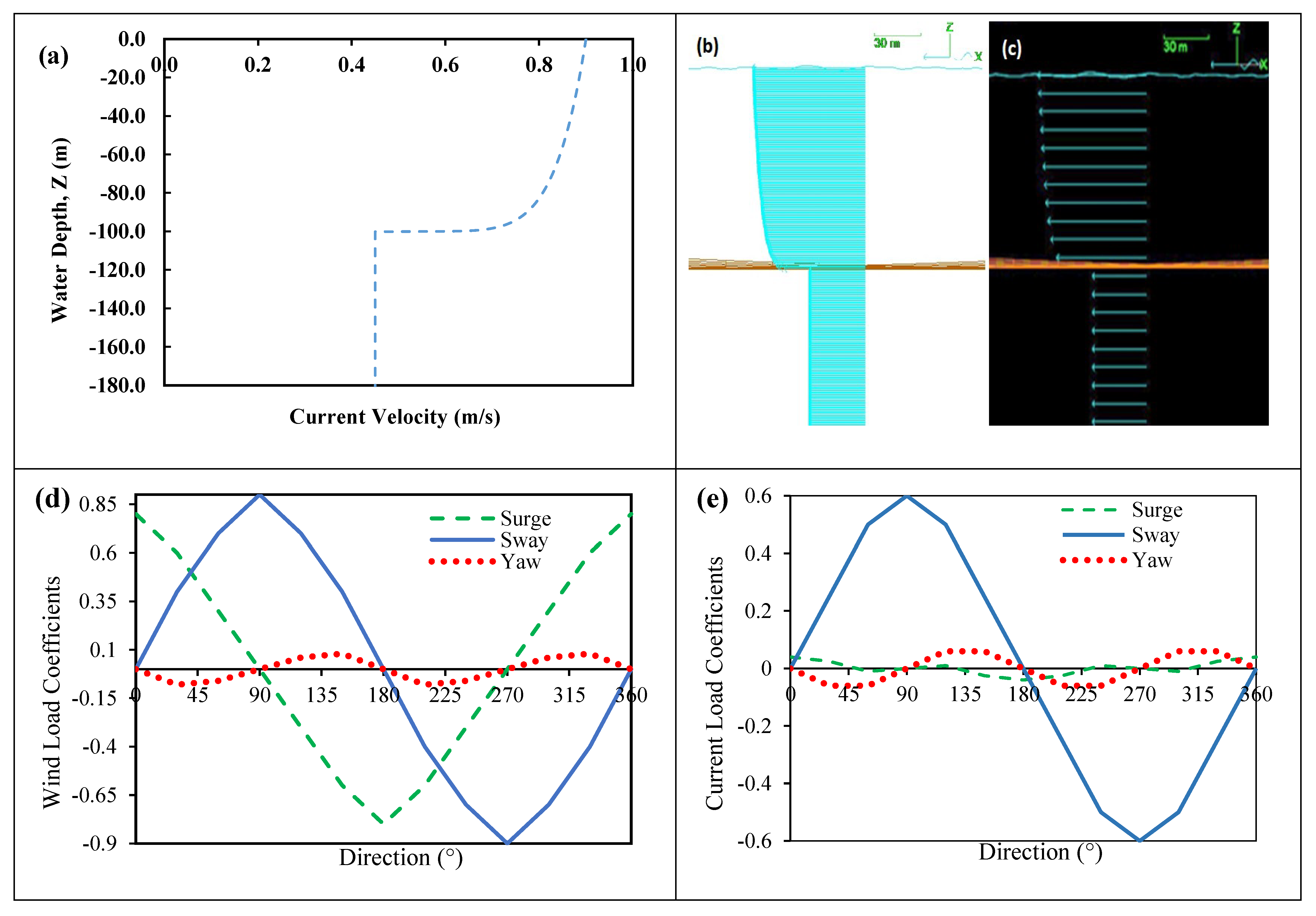

However, computed near-bed currents are still larger than those observed, although a slight increase in water depth and bottom friction coefficients corrects this. However, results from the sensitivity study presented here show that elevations and currents (above the bottom boundary) in good agreement with observations can be obtained with alternative formulations of viscosity and other friction coefficients, together with current input to the radiation condition. In common with other earlier published calculations, initial results show that with previous formulations of eddy viscosity and friction, an accurate distribution of sea surface elevations is accompanied with computed currents which exceed observations by the order of 20 cm s -1. Also, the influence of open boundary conditions and water depths upon computed tidal elevations and currents is examined. The sensitivity of current profiles to various eddy viscosity formulations, and coefficients of bottom friction are examined in detail. By using an expansion of modes in the vertical, a continuous current profile from sea surface to seabed can be computed, and accurate comparisons made with tidal currents measured at a range of positions throughout the water column. When the pipeline reaches the equilibrium state after it is laid down, the friction between the pipeline and the seabed becomes larger with the increase of the friction coefficient.The mathematical formulation of a mixed finite difference-modal three-dimensional tidal model of the Irish Sea using quadratic bottom friction is briefly presented. The rougher the seabed, the smaller the overall lateral displacement of the pipeline is. The friction between the seabed and the pipeline impedes the lateral displacement of the pipeline when it is laid down. The results show that the longitudinal current has almost no effect on the pipeline shape and stress distribution in the picking-up and laying-down processes, while the lateral current results in significant deformation of the pipeline in the horizontal plane and raises the overall stress level of the pipeline. The shape and stress distribution of the pipeline under the influences of longitudinal current, lateral current and seabed friction when picked up and laid down were analyzed using finite element analysis software. On the basis of the model, methods and steps of the picking-up and laying-down operations were determined, and the impacts of currents and seedbed friction on the two operations were studied. Based on engineering practice of the picking-up and laying-down processes of offshore pipelines, a finite element model was established.


 0 kommentar(er)
0 kommentar(er)
